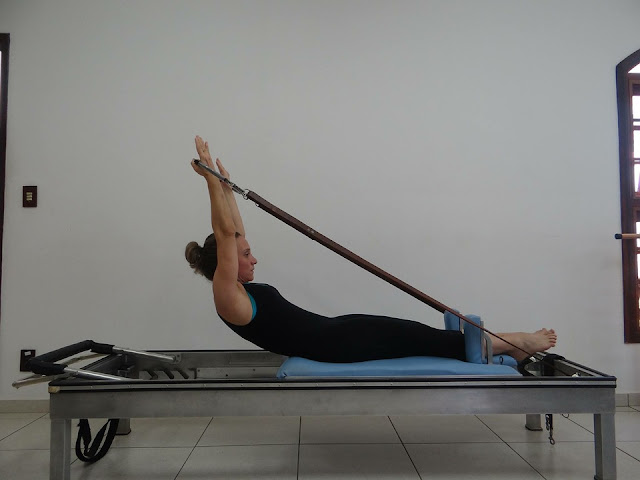PHYSIOTHERAPY OF CERVICAL SPINE
PHYSIOTHERAPY OF CERVICAL SPINE
1.INTRODUCTION:
Your neck is called your cervical spine & is formed by the first 7 vertebrae, called C1 to C7. The cervical spine starts where the top vertebra (C1) connects to the bottom edge of the skull. it have two facts ,one on each side of the spine. The surfaces of the facet joints are covered by articular cartilage. Articular cartilage is a smooth, rubbery material that covers the ends of most joints. It helps absorb shock & allows the bone ends to move against each othermoothly without pain.
2.PAIN AND STIFNSS
Pain/stiffness improves after exercise and is worse after rest.
Sleep disturbance, particularly in the second half of the night.
Persistence of the above symptoms for more than 3 months.
Inflammation of the iris, within the eye. This may include pain in the eye or brow region, pain associated with exposure to light, blurred vision or a reddened eye, diarrhoea and bloating.
3. THORACIC OUTLET :
Thoracic outlet: This is where a group of nerves and vessels make their way out of the chest cavity and travel down the arm. numbness, pain, or even coldness in the arm and hands is caused by that problem.
Temporomandibular joint (jaw): Problems here can cause headaches, pain in your upper neck, and even spasm in muscles of the neck.
Thoracic spine difficulties start from upper back can include joints and muscles of the thorax or even in the alignment of one or more ribs, which can cause pain to radiate toward the neck and shoulder.
Nerve tension: Nerves of the mid and lower neck travel down the arm to service the arm and hand. Irritation or scarring around the covering of these nerves can cause pain that radiates from the neck to the upper back or even into the arm. a treatment called "neural mobilization" can be used to free up movement in the nerve and to ease the soreness you feel.Ergonomic
is a way to look at where and how you do your activities. Your physical therapist may want to understand your ergonomics to figure out if the way you do your activities is making your condition worse. Sometimes even simple corrections of your hobby or work station can make a big difference in easing neck symptoms.
Early morning pain / stiffness which reduces with movement.
4. CAUSES OF CERVICAL PAIN
Neck pain is common but most cases aren’t caused by a serious problem. Most cases of neck pain get better on their own within a few weeks.Gradually increase your normal activities and do regular exercise.complete bed rest make you better to the best so make sure you stay active.
Take painkillers if needed so you can stay active and recover over approximately a 4–6 week period.
You should use the suggested exercises for at least 6–8 weeks to help prevent symptoms returning. If you have severe neck pain or weakness in your arms/hands, contact your doctorIt explains how the neck works, some of the causes of neck pain (cervical spondylosis, whiplash and tension) and outlines what can be done to help.
5. TREATMENTS
- Prior to movement testing the examiner asks the patient about baseline symptom location and intensity. The examiner notes any change in location or intensity during the testing and where in the motion they occur.
- The examiner should assess for the presence of symptom centralisation and peripheralisation during testing. Repeated motions may be utilised as part of this assessment.
- All cervical AROM tests (Neck flexion, extension, rotation and side-bending) performed with the patient in seated in an upright posture
- Cervical ROM tests can be measured with an inclinometer.
- Combined motions:
- Upper cervical flexion and lower cervical extension is assessed with cervical retraction.
- Upper cervical extension with lower cervical extension is assessed with cervical protraction.
- The cervical quadrant involves combined cervical extension with ipsilateral rotation and sidebending




Comments
Post a Comment